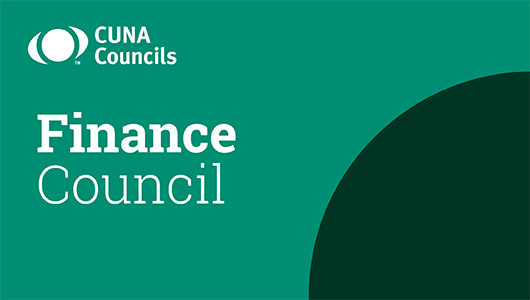
2022 economic forecast: 3 factors to consider
Public health challenges will ease but uncertainty persists.
Three key factors will shape the 2022 economy, according to Mike Schenk, CUNA chief economist and deputy chief advocacy officer: the pandemic, labor markets, and inflation.
First, COVID isn’t going away, he says. “Public health professionals tell us we’ll be talking about variants for a long time into the future.”
Significant increases in COVID-19 cases slow economic activity, intensify labor market dislocations, and disrupt supply chains, leading to inflationary pressures. “It’s no surprise that fewer economists talking about ‘transitory’ inflation,” Schenk says.
Initial indications are that the omicron variant may be more contagious but less dangerous and with fewer hospitalizations and deaths. That has implications for CUNA’s forecast.
CUNA economists dialed back their expectations on overall economic growth with the onset of the delta variant, dropping the outlook for U.S. gross domestic product (GDP) growth by roughly one percentage point to 5.3% in 2021 and 4.5% in 2022.
They may revise their 2022 outlook to 4% GDP growth due to the rise of the omicron variant. Still, that’s well above the 2.8% long-run average growth rate, Schenk notes.
Labor markets
Unemployment, despite some concern about peoples’ willingness to work, remains an overall economic strength, Schenk says.
“But omicron is apt to slow the improvements we’ve seen recently, with front-line workers especially hesitant to return to their jobs,” he says, both in the U.S. and globally.
The resulting slower income gains and rising uncertainty likely will translate to less spending and more saving, creating an expectation of softer demand relative to previous outlooks, Schenk says.
By extension, softening labor markets would put more strain on supply chains. That would result in continued higher prices for goods and services, crimping consumers’ spending power.
Supply-chain difficulties, however, won’t likely be as prevalent or as impactful by mid-year 2022, Schenk says.
He bases that prediction on an October survey of 67 economists by The Wall Street Journal. Thirty-three percent of respondents said supply-chain disruption will largely recede in the second quarter of 2022, while 26.7% peg the third quarter, and 18.3% predict improvements during the fourth quarter.
Schenk also cites data collected by Federal Reserve banks, which survey manufacturers on current and future conditions.
“On average, the data in those surveys reflects modestly higher near-term concern,” he says. “But the future-looking questions in those surveys generally reflect the idea that supply chain issues will ease by midyear.”
Inflation
CUNA economists believe headline inflation will ease to about 3.0% in 2022 after increasing 6.9% in 2021.
However, Federal Open Market Committee announced it will end its quantitative easing program, through which it purchased billions of dollars in Treasury securities and mortgage-backed securities to stimulate the economy, by the end of March 2022 in response to high inflation.
“As demand for those securities goes down, upward pressure will be put on long-term interest rates,” Schenk says. “That will almost certainly affect demand for first mortgages.”
The Mortgage Bankers Association’s baseline forecast reflects a nearly 40% decline in total mortgage origination activity in 2022, he adds. “If that happens it will hit many credit unions hard.”
Bottom line: The economy and credit union operations will continue to reflect a longer-than expected journey toward normal during 2022.

